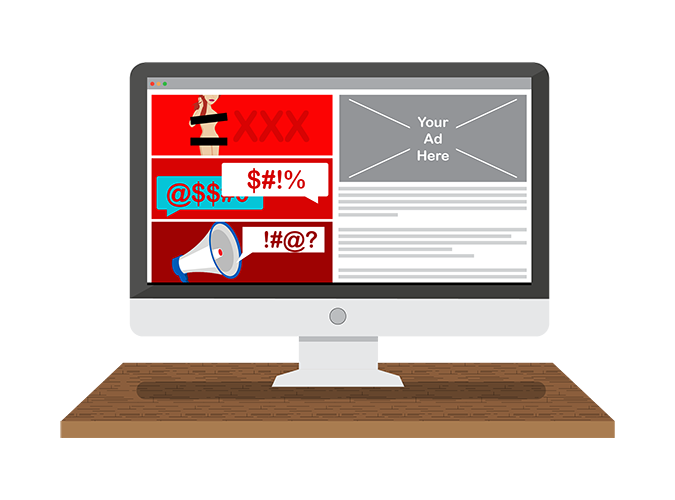Ad Adjacency and Brand Suitability
Tips, Tools and Resources for Brands & Agencies

It’s important for companies to understand their own preferences around the placement of ads. And they need to be able to clearly communicate their expectations to the partners they work with.
The good news is that there are several things that marketers can do to be proactive about managing brand suitability.
Tip #1: Commit to brand safety and suitability training and education for your teams.
Many marketing organizations now have one or more certified “Brand Safety Officers” who are leading internal efforts to avoid potential damage to brand reputation, safeguard brand values, and ensure efficient and effective media investments
Tip #2: Develop an internal brand safety and suitability playbook.
Having a clearly articulated vision and plan is critical for managing the ad adjacency strategy for each campaign, and for quickly handling any issues that arise
Tip #3: Know your partners.
Marketers have a responsibility to their brands and customers to stay knowledgeable about: which companies are part of their media supply chain and how they resource and prioritize brand safety and suitability controls. You can ask them who their Brand Safety Officer is and if they have been certified the policies and tools their publishers and platforms utilize to honor brand safety and suitability obligations
Tip #4: Learn about and utilize available services and technologies
Created to help brands identify websites and content where their ads are most likely to be safe, these include keyword analysis, semantic analysis, and others. Many DSPs and SSPs already provide tools to prevent misplacement of ads. As machine learning and artificial intelligence are better utilized, these tools will improve and provide greater protections
Tip #5: Be thoughtful about your inclusion and exclusion lists.
While these are an important part of any brand safety and suitability strategy, you can also inadvertently limit the impact and reach of your campaign by excluding content that is perfectly in line with your brand values as well as corporate social responsibility and/or DEI goals
Other Industry Resources
Created collaboratively by leaders across the media and marketing ecosystem, these industry standards and explainers can help you with your brand safety and suitability efforts:
Global Alliance for Responsible Media (GARM) Brand Safety Floor and Suitability Framework
Ensure that your publisher and platform partners are compliant with the Brand Safety Floor. Determine your risk tolerance level for all content categories by brand, include those in your media plans and insertion orders, and continually monitor and update your preferences.
Global Alliance for Responsible Media (GARM) Adjacency Framework
Use this guideline to understand what adjacency means by media channel and format
Media Rating Council (MRC) Supplemental Guidance on Content Level Context and Brand Safety Ad Verification
GARM’s Brand Safety Floor is incorporated by reference into these technical standards used to audit and certify the tools used by practitioners of media buying.




